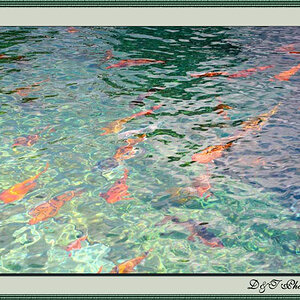compur
Been spending a lot of time on here!
Who ever said anything about megabytes? I don't care what the file size is, I'm talking about pixel quantity.
The more pixels, the larger the file size. So, file size and pixel count
(resolution) are directly related.
BTW, the cost you quoted above for processing your color film --
does that include prints?
If you are going to scan the negs, you don't need prints and the
cost should be significantly lower if you skip the prints. I have a
little lab near me that will "process only" a roll of C-41 for only $3.50.
Have you asked your lab if they can do that?




![[No title]](/data/xfmg/thumbnail/34/34142-948c6bafdf60862125009004d5a06e46.jpg?1619736315)
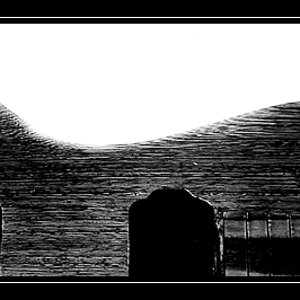
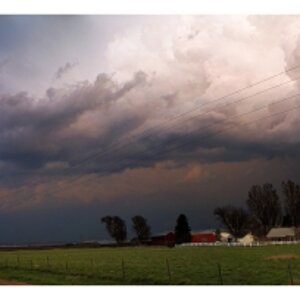

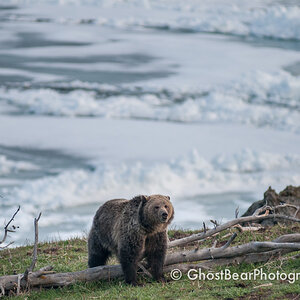
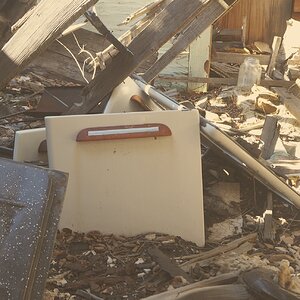
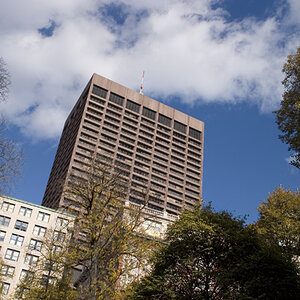
![[No title]](/data/xfmg/thumbnail/34/34140-74799834a513b0cbf28dfda9aeae291b.jpg?1619736312)
